Where is All the Anti-matter?
If there were equal amounts of Matter and Anti-Matter, wouldn't things be suddenly 'going poof' into energy?
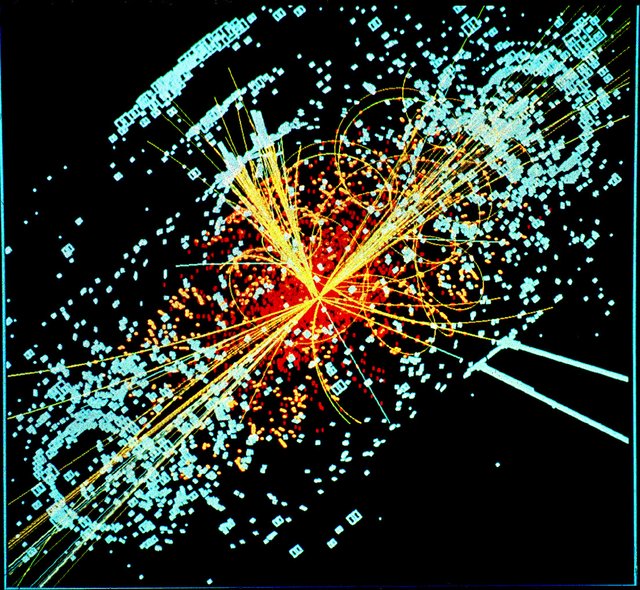

Current physics runs on many theorems of symmetry including one of charge parity (called CP-symmetry.) You can think of this in that things with equal mass and opposite charges should have mirrored behaviors. For a simple example, if an electron were to be 'pushed' by a field to the left by one inch, a positron would move the same amount to the right. This symmetry is expected go beyond this including the mirroring to be seen when particles decay, transform or break apart but have observed it to be violated.
A block of antimatter iron would have negatively charged antiprotons and positively charged antielectrons (known as positrons). If matter and antimatter come in contact, they annihilate each other and turn into photons (or occasionally, a few lightweight particles such as neutrinos). Other than that, a piece of matter and antimatter should behave in the same way, and even look the same — a phenomenon called charge-parity (CP) symmetry.
-LiveScience
Running with this theory, we would think that when universe was created, such as the protons and electrons that make up matter, their counterparts (anti-protons and positrons) which make up the 'building blocks' of anti-matter. When a piece of matter interacts with some anti-matter (such as an electron and a positron) they annihilate each other releasing HUGE amounts of energy relative to their mass.
According to the theory, matter and antimatter were created in equal amounts at the big bang. By rights, they should have annihilated each other totally in the first second or so of the universe’s existence. The cosmos should be full of light and little else.
NewScientist
This ran on the idea that outside of the opposing charges, matter and antimatter behave in identical ways, but since we can see that so much matter exists, there had to be some imbalance here. Because of this, many scientists have been trying to find out why there appears to be so much more matter than anti-matter.

Recent Findings
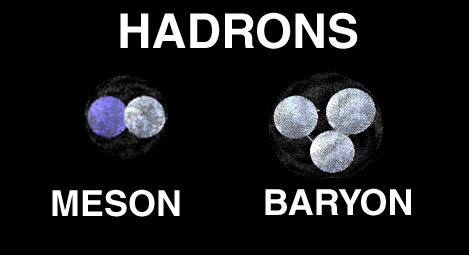
Neutrino Oscillations
The T2K Experiment is a collaboration across many countries that trying to answer the Matter-Antimatter asymmetry (i.e. non-equal amounts) by looking neutrinos, which are a part of the very small family of particles called Leptons.
Neutrinos and their antimatter counterparts, antineutrinos, each come in three types, or flavours: electron, muon and tau. Several experiments have found that neutrinos can spontaneously switch between these flavours, a phenomenon called oscillating.
-NewScientist
Empty Super-Kamiokande Neutrino Detector
While the researchers are quick to point out that their findings so far aren't statistically able to remove enough error for them to call it a discovery, so far it's promising (being about 95% sure.) They have found 32 muon neutrinos changing into the electron version, compared to only 4 muon anti-neutrinos becoming the anti-electron form. While on it's own this wouldn't fully explain difference between amounts of matter and anti-matter, this may be a piece of the puzzle.
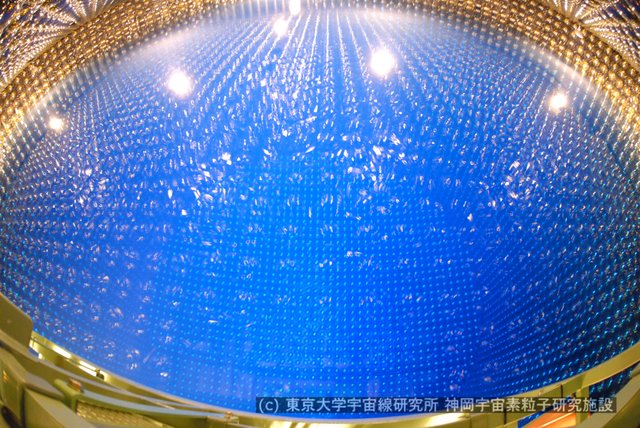
Differences in Lambda-b Baryon Particle Behavior
Researchers at CERN's Large Hadron Collider (LHC) have been looking at differences of behavior between the Lambda-b and Anti-Lambda-b baryons. Previous experiments have found differences between matter and antimatter varieties of mesons, which are made up of one quark and one antiquark, but never in baryons.
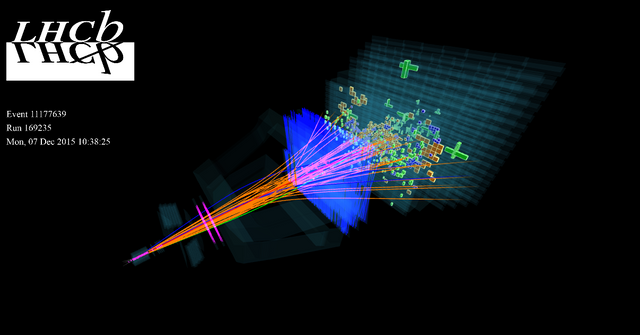
Lambdas decay in two ways: into a proton and two charged particles called pi mesons (or pions), or into a proton and two K mesons (or kaons). When particles decay, they throw off their daughter particles at a certain set of angles. The matter and antimatter lambdas did that, but the angles were different.
-LiveScience
Even though this research isn't quite to the level of confidence needed to declare it as a discovery (currently being about 99% sure,) this is the first time that scientists have observed discrepancies between baryons and anti-baryons.
The paper on Matter-Antimatter differences in Baryons can be read here in the journal Nature Physics.
You can read the paper from the T2K Experiment on Matter-Antimatter differences in neutrino oscillation here.


Don't Miss the Show! Follow the Steemit Talk Podcast (STP) Account
New STP Website!!
Are you new to Steemit and Looking for Answers? - Try https://www.steemithelp.net.


Image Sources:
Bubble Chamber
Hadrons
Empty Super-Kamiokande Neutrino Detector Chamber
Filled Super-Kamiokande Neutrino Detector Chamber
Large Hadron Collider Heavy Ion Event
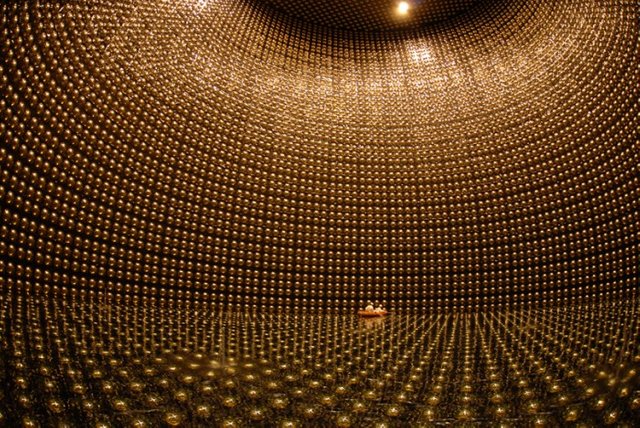
If you allow me two comments to correct a few things ... ;)
You seem to mix CPT invariance (that can be proved thanks to quantum field theory arguments) and CP invariance that is actually not an invariance (the CP symmetry is observed to violated). You may want to check this recent article of mine where I discuss this in details.
There is a typo in there. Neutrinos are not mesons but elementary particles (and thus not made of quarks and antiquarks).
Note that we also have tetraquark and pentaquark systems that gathered a lot of attention during the last 10 years.
Do not hesitate to come back to me if necessary :)
Thank you! I'll take a look over those to see what I can do to correct things, especially on the CP vs CPT invariance.
Doh, I'll get the meson edited to fermion/lepton in there. My browser froze on me multiple times during this making it easy to mix things like this up.
[Edit: I think I've got those items fixed up now.]
does it anti-matter?
Lol!
I love reading about this stuff... Wish I had been a theoretical physicist lol
I hear you there! However, there is quite a bit that you can still follow on the conceptual, versus mathematical, level. Personally I way prefer building up the pictures/models in my head...with the math being there for the actual 'proof.'
I would FULLY agree (and I build the models in my head all the time) but when I learned the actual quantum mechanics behind the hydrogen atom...
0_0
Oh I understand the 'pain,' having to go through the math for that in a few classes. It brings things to a whole other level for sure.
Good stuff.
Upvoted and resteemed. :)
@shayne
Thank you!
Nice job as usual @sykochica and I see that @lemouth pointed out a few things to further improve the quality of this post. Always good to see a good exchange about science on here that leads to better learning for us all. :D
Thank you!
I figured he would be checking me on this, especially with the research going on at CERN. I debated actually tagging him in there, lol. I appreciated him pointing those things out. The details on this one were a bit newer to me, it's nice to learn. :)